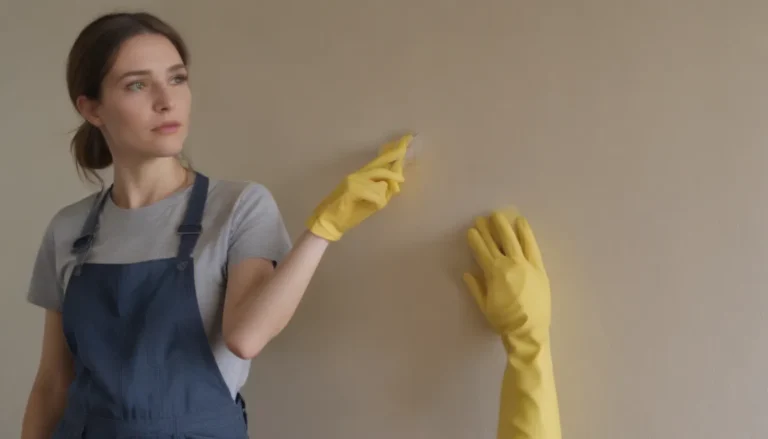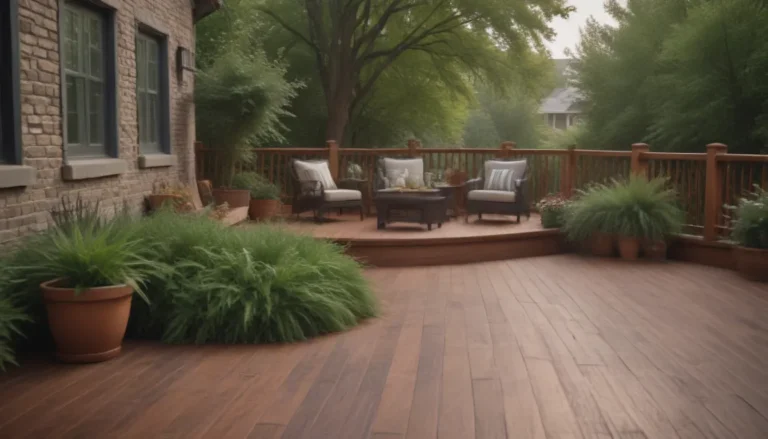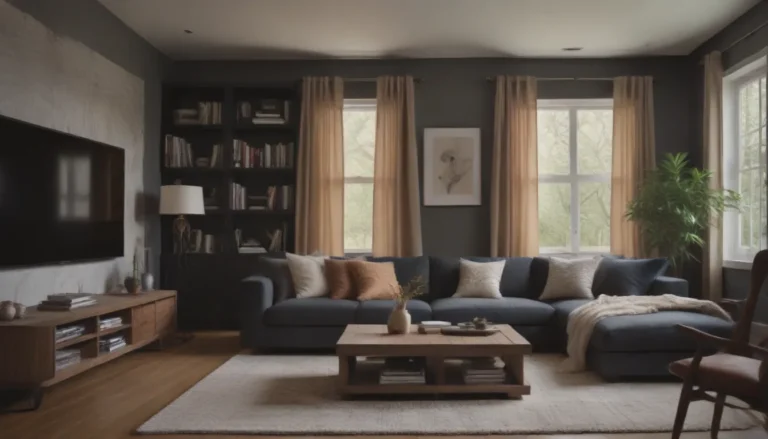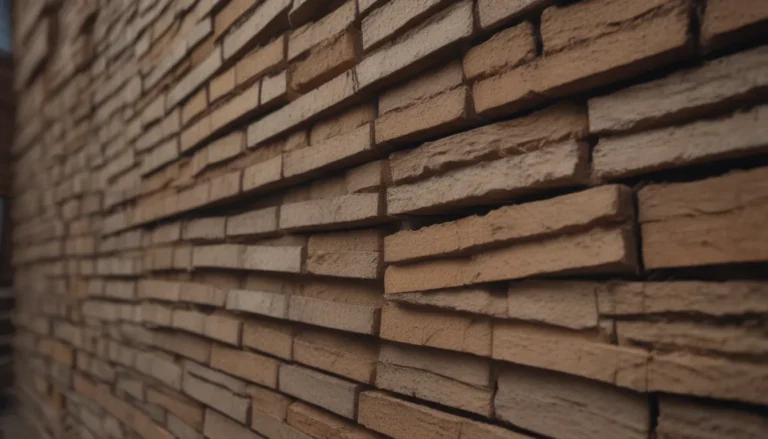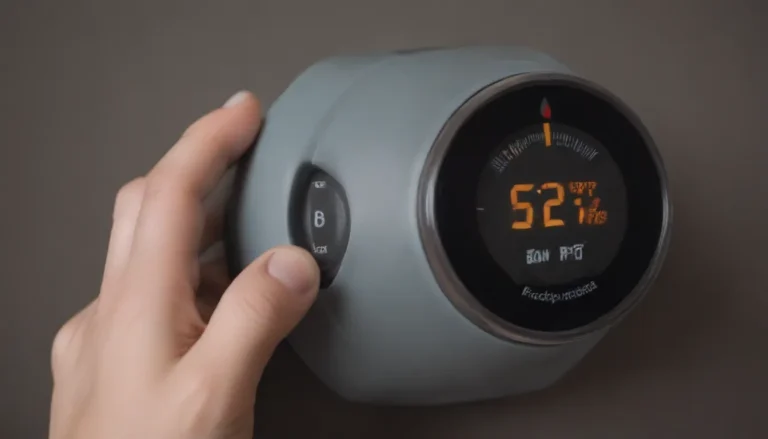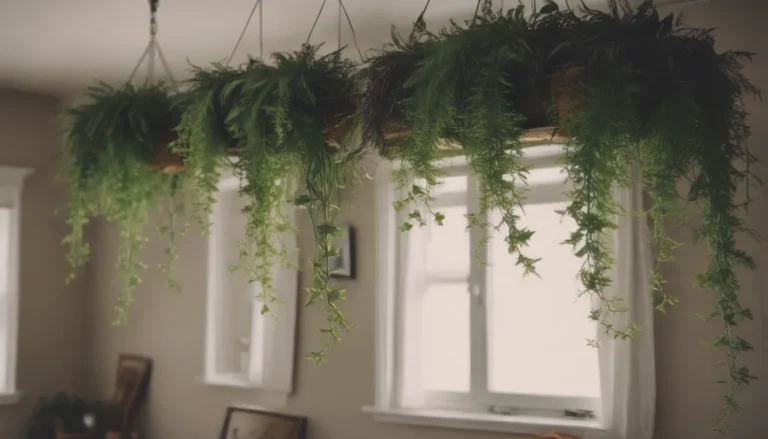Mobile Home Roof Repair Options: What You Need to Know

Water may just be the most destructive force on earth, and your roof acts as the first line of defense against it. Even with proper maintenance, even the best-kept roofs can eventually start leaking. When it comes to traditional stick-built homes, there’s a vast network of construction professionals and roofing specialists available to repair or replace damaged roofs. However, the situation is quite different for owners of mobile homes, especially older models. These roofs have a unique structure that requires specific materials and techniques for repair and replacement. Additionally, mobile home roofs are more prone to damage from wind, hail, fallen tree limbs, downed power lines, and other debris, on top of just plain water. Depending on the roofing material, repairs may be necessary as frequently as every ten years. It’s crucial for homeowners to understand the different types of mobile home roofing in order to prevent damage to their homes and potentially save a significant amount of money.
Understanding the Types of Mobile Home Roofing
Mobile and manufactured home roofs have been constructed with three basic shapes throughout the years.
Repair and Seal Solutions for Flat and Bowed Roofs
If your mobile home has a bowstring or flat roof, it likely came with a metal roof. These roofs need to be coated every couple of years based on the manufacturer’s recommendations. There are common misconceptions about sealing a mobile home roof. Most people believe that sealing the roof will fix leaks, but that’s not entirely accurate. While sealing a metal roof can help seal small leaks, its main purpose is to provide a reflective surface to reflect sunlight and prevent rusting. Before sealing, it’s essential to prepare the roof properly by cleaning and smoothing the surface. Any previous coats on seams and vents need to be removed to ensure proper bonding of the new coating. After cleaning, identify and seal problem areas using a neoprene or polyurethane flashing sealant. Once the flashing has cured, apply the coating in layers. White elastomeric coating is recommended, as it reflects sunlight and helps maintain a cooler interior. Regular repair and resealing every two to three years can prolong the life of a flat or bowed mobile home roof, though ultimately, a complete roof replacement will be necessary.
“Roof Over” Solutions
For flat or bowed mobile home roofs experiencing frequent leaks, a “roof over” solution may be necessary. This involves applying a new layer of roofing directly over the existing roof. Before applying the new roof, the existing surface should be sanded, fixed, and sealed. If the existing roof is in poor condition, experts recommend removing the old surface entirely before installing the new roofing. There are three common roof-over options for these types of roofs:
- Seamless Rubber Roof: A thick coating of liquid rubber is spread on the roof, with seams and vent flashing sealed with a rubber neoprene product.
- Membrane Roof: Flexible membrane materials can be used to overlay the existing roof, generally installed by professionals.
- Corrugated Metal Roof: Sheets of corrugated roofing are installed onto wood battens against the old roof, with openings around vent pipes sealed with roofing cement. This is a simple DIY project that can be fairly inexpensive.
Solutions for Peaked Roofs
Newer manufactured homes with truss roof systems can be re-roofed using similar materials as flat and bowed roofs, though pitched roofs often merit more attractive materials, such as metal or traditional shingles. Repair and re-roofing techniques for peaked roofs mirror those used in traditional construction.
Understanding Mobile Home Roof Replacement Costs
The cost of repairing or replacing a mobile home roof varies depending on several factors including the type of roofing material, the size of the mobile home, the pitch of the roof, and geographical location. On average, a complete mobile home roof replacement can cost around $5,000 nationwide, with rubber roofing being the most expensive option and liquid roofing the most affordable. It’s possible to replace a mobile home roof for as low as $1,000 with a minimalistic approach and affordable materials. Consider the lifespan of different roofing materials when making a decision, as this can impact long-term costs and energy savings. A metal roof, for example, can last up to 80 years with proper maintenance, while asphalt shingles may last up to 30 years. It’s essential to take into account environmental factors and budget constraints when choosing a roof type for your mobile home.
Remember, proper maintenance and proactive repairs can help extend the lifespan of your mobile home roof and protect your investment in the long run. By understanding the different roofing options available and considering your specific needs and budget, you can make an informed decision when it comes to mobile home roof repair and replacement.
